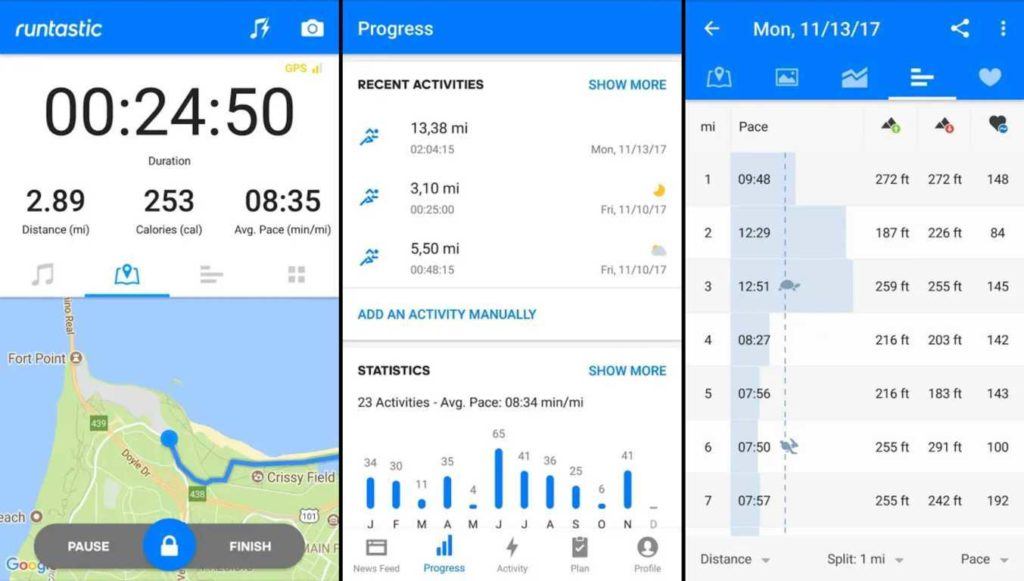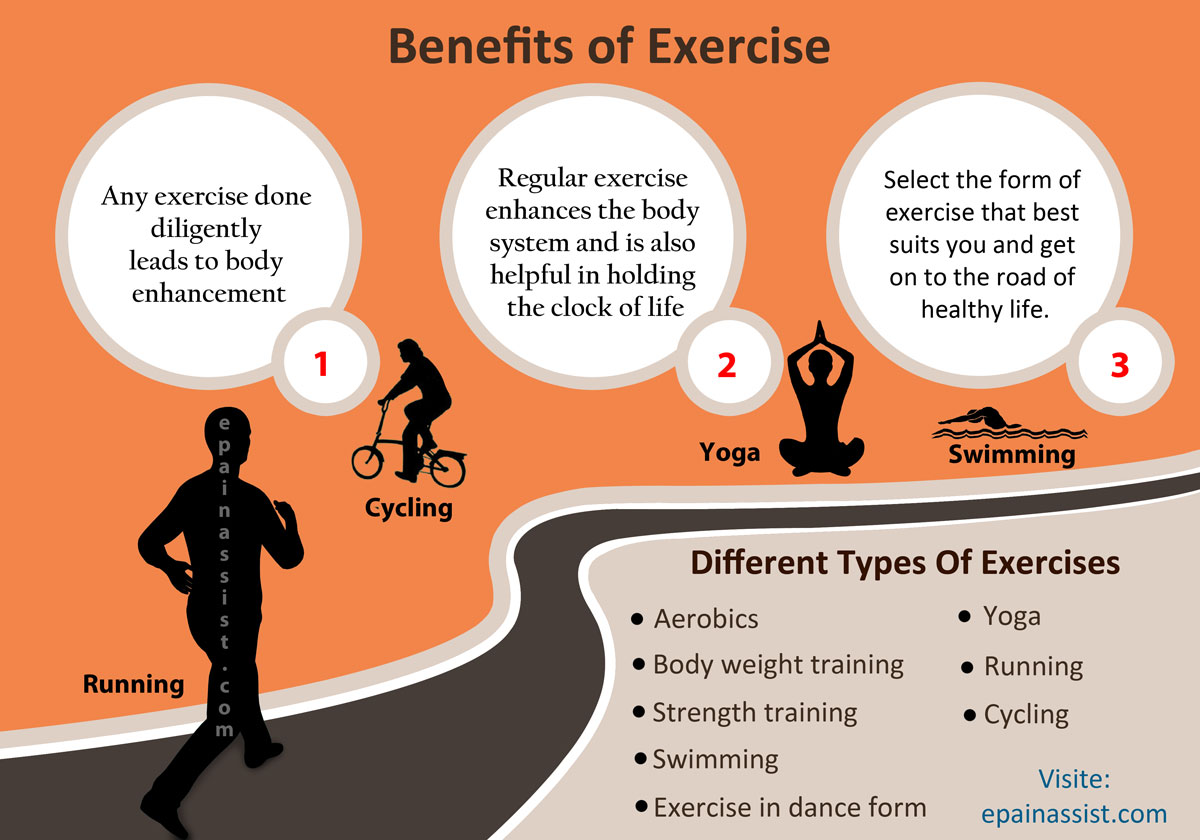
Although you are not old, the time to get fit has already passed, and you can still do it! Keep in mind to adapt your workouts and plan accordingly as your body changes and your muscles have slowed. In addition, your metabolism is slowing down which can lead to you gaining body fat. You need to train efficiently if you want to stay trim and fit in your 30s. You should plan your sessions in advance, and keep in mind that your training routine will need to be more frequent.
Keep in mind that your muscles will begin to deteriorate and it will be harder to gain them. As you get older, your body's ability to support new muscles will decrease. Even if years of training and exercise have paid off, you may not be able build the muscle you want by your forties. You need to exercise properly in order not to sustain serious injuries.

Your cardiovascular system will slow down in your 30s. Your heart may be pumping less blood per beat and your heart must work harder to move blood around your body. This could lead to heart disease. It's important that you monitor your heart health. If you're a smoker, you should stop. Smoking and fatty foods are not recommended for anyone with a history or family history of heart disease. Interval training can boost your heart strength.
A lifetime journey to becoming fit is the one that you take. Start your journey in your early twenties. Continue on to your 30s. You don't have to stop exercising. You can still get your fitness goals accomplished and still enjoy the same endgame. All you need to do is make some minor adjustments. So, get in shape! Get in shape today!
Fitness at Thirty: Get into shape at the right time
You can still live recklessly in your 20s but you can stay fit and healthy well into your 30s if there is a proper workout program. Keep working out every day. It will pay off later in life. The benefits of working out are many. You will be more energetic and have a greater sense accomplishment. You should also find a routine that suits you. You can keep your body in shape by following a regular exercise regimen as long you are consistent.

Although you can train harder in your 30s, it's possible to do more. But you have to find the right exercises. You'll feel healthier and younger when you exercise. It is important to choose a plan that suits you. You can begin in your 30s if you are looking to quickly see results. You will look great in the years to come. But if you're still in your thirties, there are many other reasons to keep fit.
FAQ
Is being cold bad for your immune system?
According to some, there are two types: people who love winter or those who hate it. You may wonder why you feel so bad when it's cold, regardless of whether you love it or hate it.
Our bodies were designed to work best in warm climates. We evolved to thrive in hot environments because of the abundance of food resources.
Now, however, we live in a completely different environment to how our ancestors lived. We spend more time indoors and are often exposed to extreme temperatures (cold or heat) and eat processed foods rather than fresh.
Our bodies don't have the ability to tolerate extremes. So, when we do venture outside, we often feel exhausted, sluggish, or even sick.
These effects can be reversed, however. You can combat these effects by making sure you are well-hydrated all day. Hydration is key to keeping your body well hydrated, flushing out toxins and keeping your system healthy.
You must also ensure that you are eating healthy foods. Healthy food will help your body maintain its optimal temperature. This is especially true for people who spend long hours indoors.
Consider taking a few moments each morning to meditate. Meditation helps you relax your mind and body, which makes it easier to deal with stress and illness.
What is the problem?
BMI stands For Body Mass Index. This refers to the measurement of body fat using height and weight. BMI is calculated using the following formula:
Weight in kilograms divided with height in meters.
The result is expressed using a number from 0 through 25. Scores of 18.5 and higher indicate overweight, while scores of 23 and higher indicate obesity.
A person who weighs 100 kg and has a height of 1.75 m will have a BMI of 22.
What causes weight loss as we age?
How can you tell if your bodyweight has changed?
When there is more muscle mass than fat, weight loss can occur. This means that you must consume more calories than you use daily. A decreased level of activity is the main cause of weight loss. Other reasons include poor eating habits, stress, hormone imbalances, certain medications and illness. A person who has more fat than their muscle mass will experience weight gain. It happens when people eat more calories than they use during a given day. Common reasons include overeating, increased physical activity, and hormonal changes.
We eat less calories than we burn, which is the main reason our bodies lose weight. By exercising regularly, our metabolism rates increase which in turn burns more calories during the day. However, this doesn't mean that we'll necessarily get thinner; what matters is whether or not we're losing fat or gaining muscle. If we are burning more calories than what we eat, then we will lose weight. If we consume more calories that we burn, we are actually storing them in fat.
As we grow older, we tend to become slower at moving around and therefore we don't move as much. We also tend to consume less food than when we were younger. This is why we tend to gain weight. On the other hand, we have more muscle mass and look larger than we actually are.
Without regularly weighing yourself, it is impossible to gauge how much weight you have lost. There are many ways you can measure your weight. You can check your waist size, your hips, your thighs, your arms, etc. Some prefer to use bathroom scales, while others prefer tape measures.
Track your progress by measuring your waistline and weighing yourself every week. You can also take pictures of yourself every few months to see how far you've come.
You can also check your height online to find out how many pounds you have. If you're tall at 5'10", and weigh 180lbs, your weight would be 180.
Is being cold bad for your immune system?
Cold makes you weaker because you have less white blood cells to fight infection. Cold can also make you feel better as your body releases endorphins to your brain, which reduce pain.
Why is it important to live a healthy life?
Healthy living can lead to a longer, more fulfilling life. A healthy diet, regular exercise and good sleep habits will prevent the development of diseases such as heart disease, stroke, cancer, diabetes, and Alzheimer's.
Healthy lifestyles will help us to cope with daily stresses better and improve our mental health. A healthy lifestyle can also help you feel and look younger.
Exercise: Good and bad for immunity?
Exercise is good exercise for your immune system. Exercise increases white blood cell production, which helps fight off infection. Your body also eliminates toxins. Exercise can prevent diseases such as cancer and heart disease. It reduces stress.
Exercising too often can cause your immune system to be weaker. If you work out too hard, your muscles become sore. This can cause inflammation as well as swelling. To fight infection, your body will produce more antibodies. This can lead to allergic reactions and other autoimmune disorders.
So, don't overdo it!
What can I do to boost my immune system?
The human body is made up of trillions and trillions of cells. Each cell is responsible for creating organs and tissues with specific functions. A cell that dies will be replaced by another. The chemical signals known as hormones are used to communicate between cells. Hormones regulate all bodily processes, from growth and development to metabolism and immunity.
Hormones refer to chemicals produced throughout the body by glands. They travel through our bloodstream and act as messengers, controlling how our bodies function. Some hormones can be produced in the body, while others may be made outside.
Hormone production begins when a hormone-producing gland releases its contents into the bloodstream. Once released, hormones move through the body until they reach their target organ. Some hormones may only remain active for a limited time. Other hormones stay active longer and continue to influence the body's functioning even after they leave the bloodstream.
Some hormones can be produced in large amounts. Others are made in small quantities.
Certain hormones can only be produced at specific times in life. For instance, estrogen is produced during puberty, pregnancy, menopause, and old age. Estrogen is important for women to develop breasts and maintain bone density. It also helps prevent osteoporosis. It is also known to promote hair growth and keep skin soft and smooth.
Statistics
- The Dietary Guidelines for Americans recommend keeping added sugar intake below 10% of your daily calorie intake, while the World Health Organization recommends slashing added sugars to 5% or less of your daily calories for optimal health (59Trusted (healthline.com)
- According to the Physical Activity Guidelines for Americans, we should strive for at least 150 minutes of moderate intensity activity each week (54Trusted Source Smoking, harmful use of drugs, and alcohol abuse can all seriously negatively affect your health. (healthline.com)
- According to the 2020 Dietary Guidelines for Americans, a balanced diet high in fruits and vegetables, lean protein, low-fat dairy and whole grains is needed for optimal energy. (mayoclinichealthsystem.org)
- WHO recommends consuming less than 5% of total energy intake for additional health benefits. (who.int)
External Links
How To
What does the word "vitamin" mean?
Vitamins are organic compounds naturally found in food. Vitamins aid us in absorbing nutrients from the food we eat. Vitamins cannot be produced by the body. They must be acquired from food.
There are two types: water-soluble and fat-soluble vitamins. Water-soluble vitamins dissolve in water easily. You can find vitamin C,B1 or thiamine, B2 or riboflavin and B3 or niacin, B3/niacin, B6/pyridoxine, folic Acid, biotin and pantothenic Acid as examples. The liver and fatty tissues are home to fat-soluble vitamins. These include vitamin D, E and K, as well as beta carotene.
Vitamins are classified according their biological activity. There are eight major types of vitamins:
-
A - essential for normal growth and maintenance of health.
-
C - important for proper nerve function and energy production.
-
D - Essential for healthy teeth and bones.
-
E is required for good vision and reproduction.
-
K - Required for healthy nerves and muscles.
-
P - vital for building strong bones andteeth.
-
Q – aids digestion of iron and iron absorption
-
R - Red blood cells are made from red blood cells.
The recommended daily allowance of vitamins (RDA), varies according to age, gender, physical condition, and other factors. The U.S. Food and Drug Administration, (FDA), sets the RDA value.
For adults aged 19 and older, the RDA for vitamin B is 400 micrograms daily. Pregnant women require 600 micrograms daily to support fetal development. Children ages 1-8 require 900 micrograms per day. Infants under one year of age require 700 micrograms per day, but this amount decreases to 500 micrograms per day between 9 months and 12 months of age.
Children aged 1-18 years need 800 micrograms daily, while children overweight require 1000 micrograms per days. Children who are severely obese or underweight will need 1200 micrograms each day.
Children aged 4-8 years old who have been diagnosed as having anemia require 2200 micrograms of vitamin C per day.
2000 micrograms are required daily for good health in adults over 50. Mothers who are pregnant, nursing, or have a high nutrient need will require 3000 micrograms a day.
1500 micrograms are required daily by adults over 70 because they lose approximately 10% of their muscle each decade.
Women who are pregnant and lactating need more nutrients than the RDA. Pregnant women require 4000 micrograms daily during pregnancy, and 2500 micrograms every day after birth. Breastfeeding moms need 5000 micrograms each day when breastmilk production occurs.